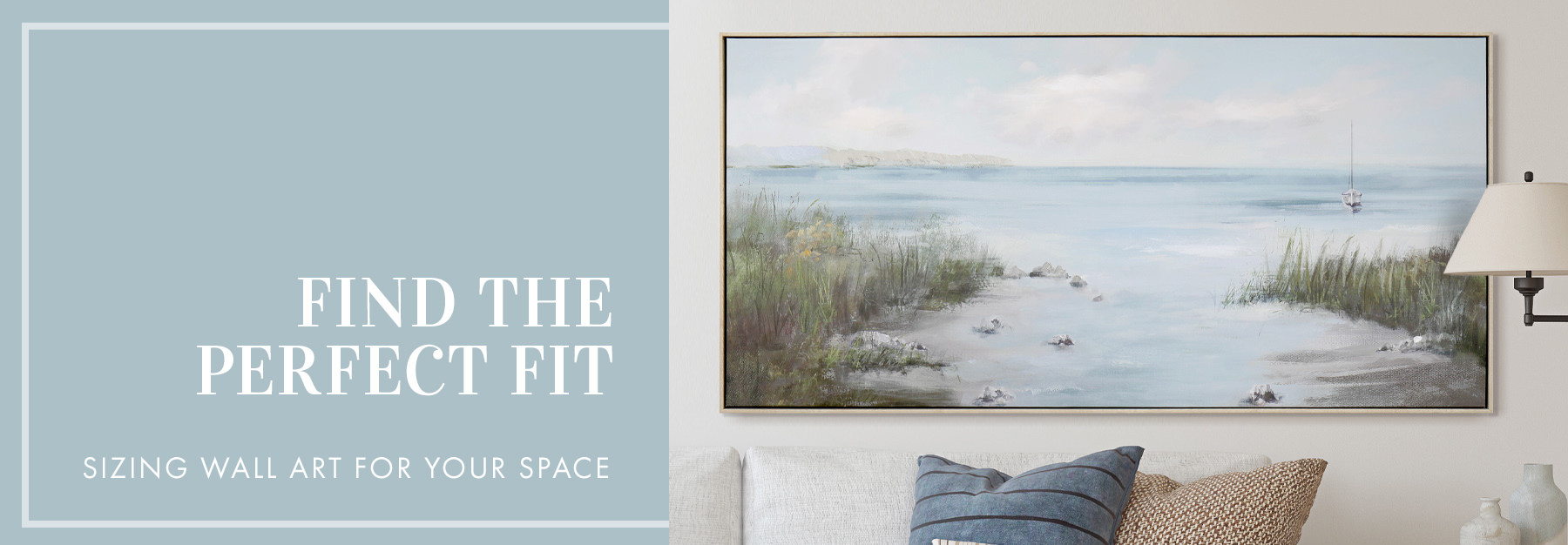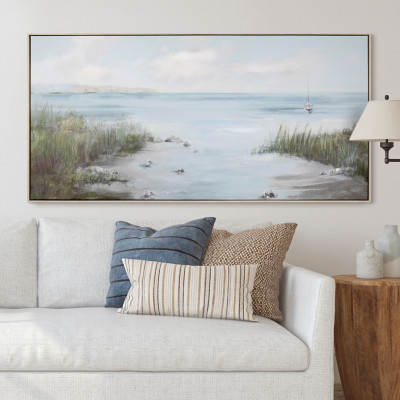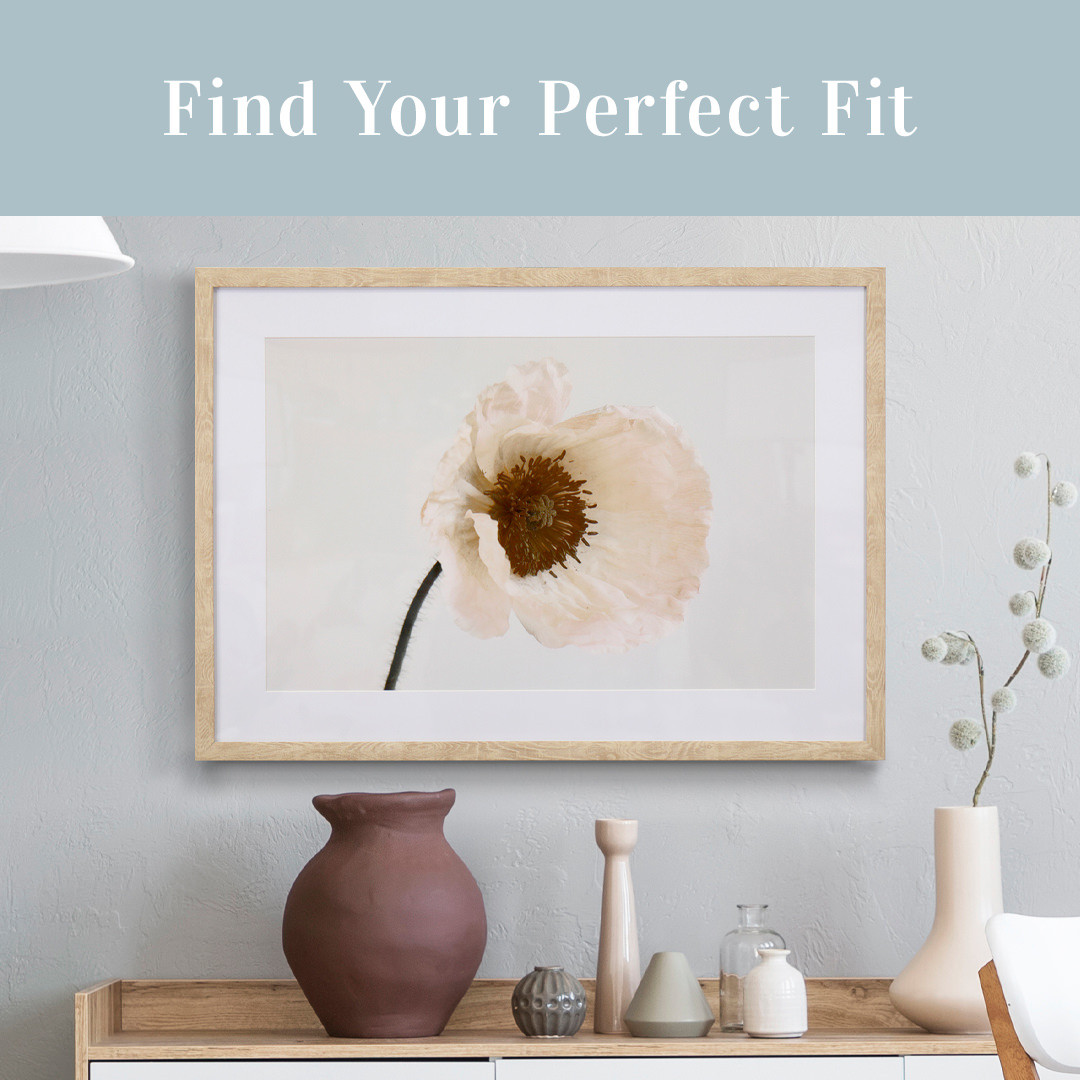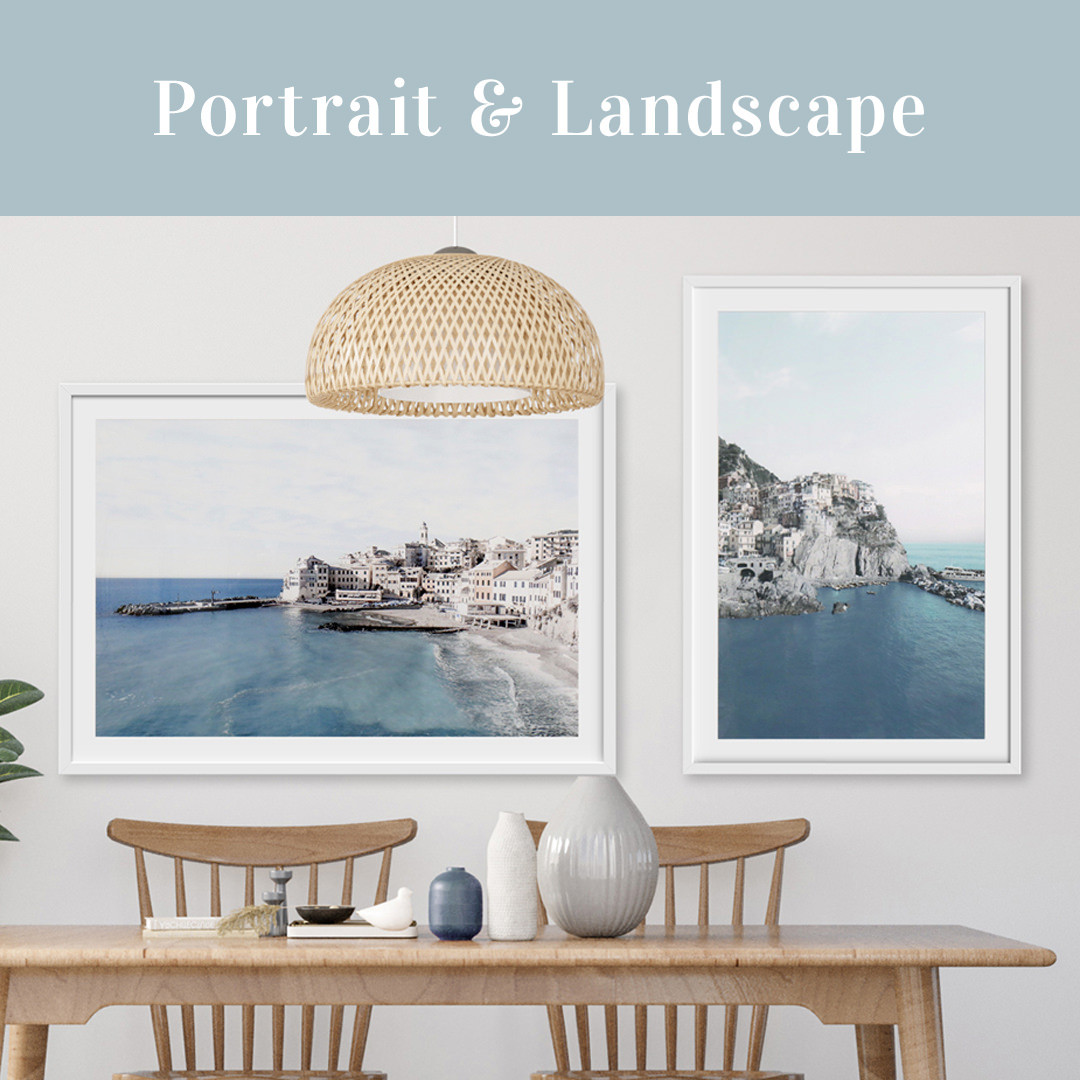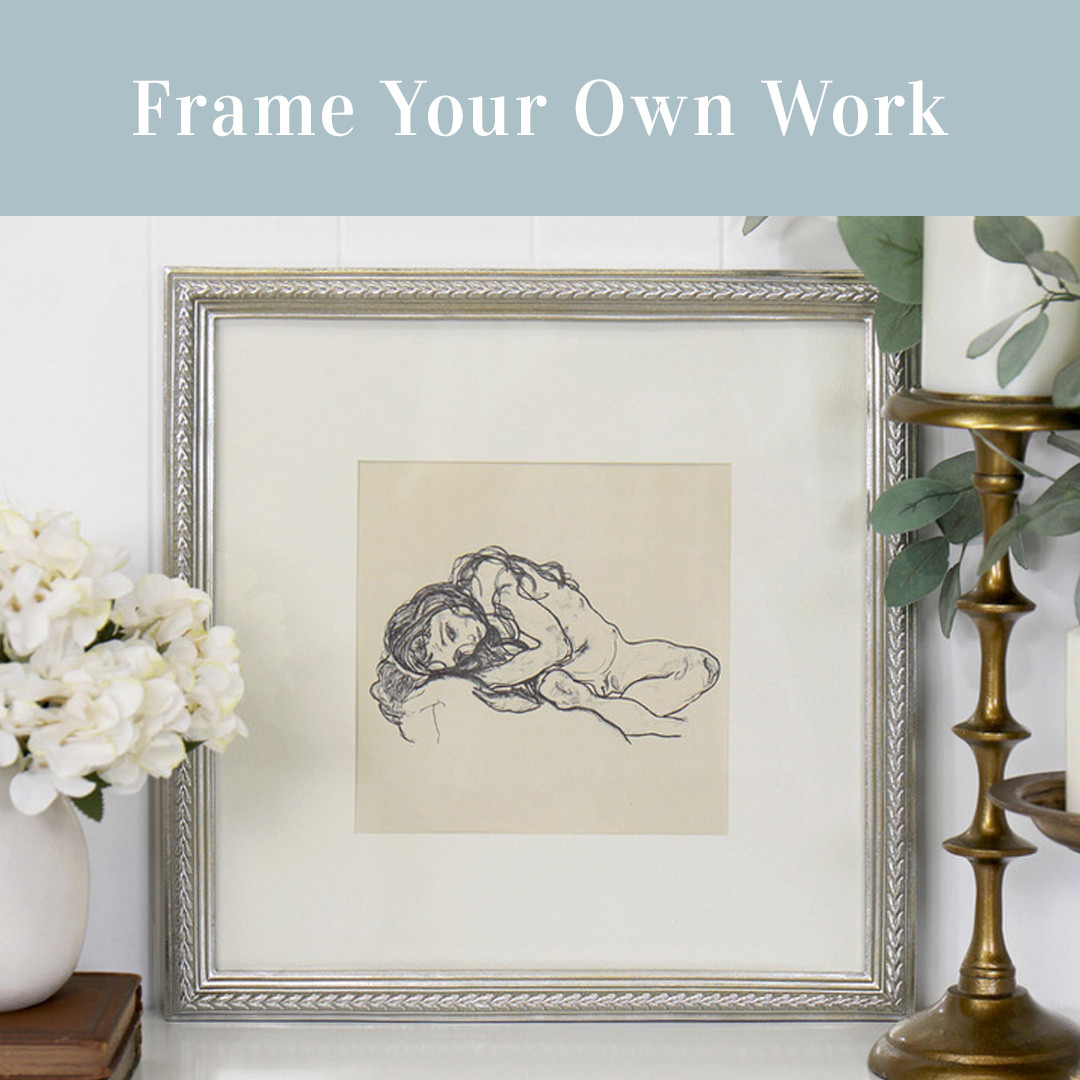Finding the Perfect Fit: A Guide to Sizing Wall Art for Your Space
Selecting the right size of wall art is crucial for creating a balanced and visually appealing space. Whether you're decorating a cosy apartment or a spacious living room, finding the perfect fit can make all the difference. In this guide, we'll explore tips and techniques for sizing art to suit your space and style.
Whether you're decorating a cosy apartment or a spacious living room, finding the perfect fit can make all the difference.
Consider the Wall Space
The first step in choosing the right size of art is to consider the available wall space. Measure the dimensions of the wall where you intend to hang the artwork, taking into account any furniture or architectural features that may impact the layout. This will help you determine the maximum size of artwork that will fit comfortably in the space without overwhelming it.
Take into Account Furniture Proportions
When sizing wall art for a room, it's essential to consider the proportions of the furniture in the space. The artwork should complement the scale of the furniture and maintain a balanced visual relationship. For example, if you have a large sofa or bed, consider choosing a sizable piece of artwork to anchor the space and create a focal point.
Use the Rule of Thirds to Hang Your Art
The rule of thirds is a useful guideline for creating aesthetically pleasing compositions in art and design. According to this rule, divide the wall space into thirds both horizontally and vertically, and aim to place the focal point of the artwork at one of the intersection points. This creates a sense of balance and harmony within the composition, drawing the viewer's eye to the most visually engaging part of the artwork.
Create Artistic, Visual Balance
Achieving visual balance is key to successful wall art placement. If you're hanging a single piece of artwork, consider its size and position in relation to the surrounding space. For example, if you have a large blank wall, a single oversized piece of artwork can create a striking focal point. Alternatively, if you have a smaller wall or want to create a gallery wall, consider grouping multiple smaller pieces together to create visual interest and balance.
Pay Attention to Ceiling Height
The height of your ceiling can also influence the size of wall art you choose. In rooms with high ceilings, taller pieces of artwork can help fill the vertical space and create a sense of drama and grandeur. Conversely, in rooms with lower ceilings, it's best to opt for smaller pieces of artwork that won't overwhelm the space or make it feel crowded.
Experiment with Placement
Don't be afraid to experiment with different placement options when hanging art. Try hanging artwork at eye level for optimal viewing, or consider unconventional placements such as above doorways or in unexpected corners to add visual interest to your space. Remember to step back and assess the overall composition from different angles to ensure the artwork is balanced and harmonious within the room.
Assessing Room Functionality
Consider how the room is used when selecting the size of wall art. For high-traffic areas like hallways or entryways, opt for smaller pieces of artwork that won't obstruct movement. In spaces where people gather, such as living rooms or dining areas, choose larger pieces that can be easily seen and appreciated from a distance.
Matching Artwork to Room Purpose
Align the size of art with the purpose of the room. For instance, in a bedroom meant for relaxation, consider smaller, more intimate pieces that create a serene atmosphere. In contrast, in a home office or study area, opt for larger pieces that inspire creativity and focus.
Creating Depth and Dimension
Utilise the size of wall art to add depth and dimension to your space. Consider layering artwork of varying sizes and depths to create visual interest and make the room feel more dynamic. Incorporating three-dimensional elements, such as shadow boxes or sculptural pieces, can also enhance the sense of depth within the space.
Balancing Artwork with Architectural Features
Take into account the architectural features of the room when sizing wall art. Ensure that the artwork complements rather than competes with features such as windows, doors, or molding. Use the size of art to accentuate architectural details or fill empty spaces in the room's design.
Considering Viewing Distance
Factor in the viewing distance when determining the size of wall art. In areas where viewers will be up close, such as a reading nook or kitchen, choose smaller pieces that can be appreciated from a closer vantage point. In spaces where viewers will be further away, such as a living room or dining area, opt for larger pieces that can be seen and enjoyed from a distance.
Harmonising with Existing Decor
Ensure that the size of your art complements the existing decor of the room. When you match wall art with your room decor, it creates a cohesive and inviting atmosphere that reflects your personal style. Start by considering the color palette of your room and selecting art pieces that complement or accentuate these hues. Take cues from the colour palette, style, and theme of the room to select artwork that seamlessly integrates with the overall design scheme. Use the size of wall art to enhance and elevate the existing decor rather than detract from it.
Customising Artwork to Fit
Consider customising the size of wall art to fit your space perfectly. Many artists and retailers offer custom sizing options for their artwork, allowing you to tailor the size to the specific dimensions of your wall. Customising the size of art ensures a perfect fit and allows you to create a truly personalised and cohesive design scheme within your space.
When selecting the size of art for your space, consider your personal style and aesthetic preferences. Whether you prefer minimalist simplicity or bold statement pieces, choose artwork that reflects your taste and complements the overall decor of your home.
By selecting the right size of wall art, you can create a cohesive and visually appealing space that reflects your unique personality and style.

